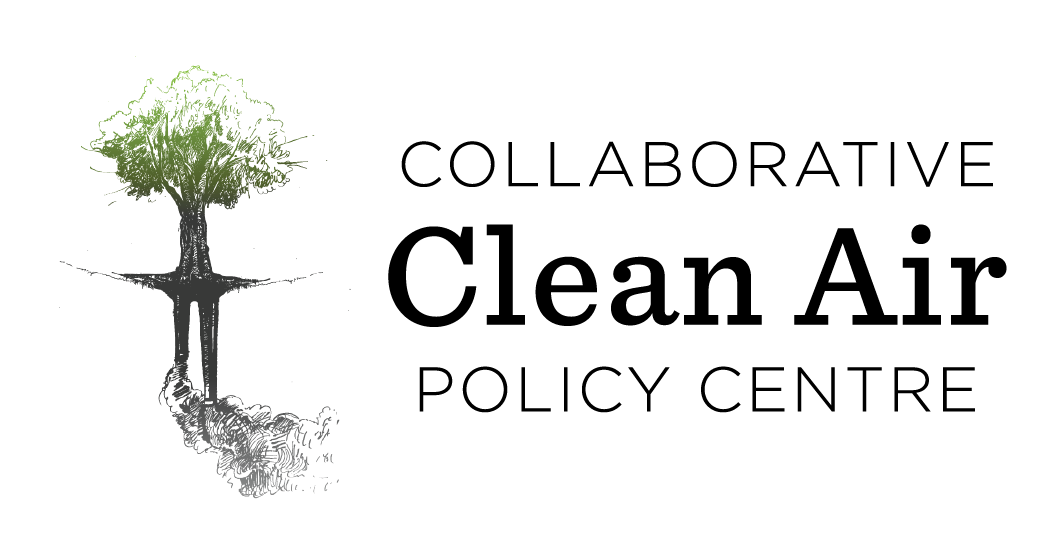Managing Air Quality: Lessons from the American Experience
John Bachmann
Edited by Santosh Harish and Kirk R. Smith.
Executive Summary
India faces daunting challenges in reducing the significant health risks posed by airborne particle pollution. As evidenced in the National Clean Air Programme (NCAP), India is in a position to take advantage of the many scientific and technical advances in our understanding of air pollution over the last few decades, including a better understanding of serious health effects, improved methods for monitoring by satellite and other monitors, and more advanced knowledge on tracking emission sources. NCAP also shows an interest in considering what components of air quality management (AQM) programs have been crucial in making progress in the U.S. and some other areas.
The U.S. is the nearing the 50th anniversary of the landmark 1970 Clean Air Act. The major provisions in the Act were designed to result in continuing improvements over time, and they have: in terms of the pollutants the 1970 CAA addressed, U.S. air quality over the years has demonstrably and markedly improved. Emissions of six major pollutants decreased by 74% between 1970 and 2018. During the same period the economy has grown four-fold. Economic growth and environment protection can go, and have gone, hand in hand.
Before the 1960’s, responsibility for dealing with air pollution lay largely with local government. In 1960, only 8 states, led by California, even had air pollution programs. There were a few successes, notably in the industrial cities of St. Louis and Pittsburgh, where concerted efforts to move away from coal for residential heat produced significant improvements, but nationwide, progress had largely stalled. Public concerns over visibly bad air grew as severe episodes caused measurable increases in death and/or illness in cities like New York, Birmingham, and Los Angeles.
Prior to the 1970 Clean Air Act, the role of the U.S. federal government was largely restricted to advice and funding to states and municipalities. The 1970 law gave states and their local partners the major responsibility for implementing air quality management (AQM), but with substantial involvement and oversight of state actions from the new Environmental Protection Agency (EPA). The 1970 Act established a comprehensive AQM approach to addressing the multifaceted air pollution problems present across the country.
Under the framework established by the 1970 Clean Air Act, the AQM system is driven by science-based health and welfare standards (NAAQS) established by EPA. Congress gave most of the responsibility for implementing these standards to the states, supported by federal rules for certain stationary sources (like industries, power plants) and vehicles. Each state must determine its air quality relative to each of the standards in all cities and areas, and determine emissions reductions needed to attain and maintain the standards. States evaluate a collection of mitigation measures and must submit a detailed, comprehensive, and legally binding State Implementation Plan (SIP) to meet the NAAQS by a future date. Finally, results of monitoring of the air or emissions are examined to see if the plan worked. If not, or if EPA strengthens the NAAQS based on new scientific information, the process is repeated.
The Act includes sanctions that EPA can levy on states for failing to develop a SIP, or for a SIP the Agency finds is not sufficient to meet Clean Air Act requirements. Sanctions include withholding of Federal highway funds, and discretionary withholding of air grants. EPA also has authority to develop and issue a Federal Implementation Plan to replace or supplement inadequate SIPs. While the threat of such measures has been useful in spurring state or local action, EPA generally has imposed them only rarely as a last resort, as it believes it is more appropriate for state or local agencies to implement programs within their jurisdictions.
Air quality management of multiple pollutants is an enormous task straining the capacity of state and local authorities as well as EPA. Adequate staffing, training and especially grants to state and local agencies have been critical to making progress. Conversely, lack of adequate funding, technical and policy support and guidance, and delays in mandated reviews by EPA in the face of growing federal mandates has often been the source of tension between states and EPA, as well as delays in implementation.
While AQM could be a good template for action plans under the NCAP in India, it is important to consider beginning with more focused steps. For example, adopting technology-based standards for all major source categories affecting areas with high-levels of particle pollution, before moving to more intensive and time-consuming modeling and strategy development for attainment.
The US experience demonstrates that substantial progress can be made from policy efforts. The results did not come easily, and things did not always work out as first contemplated. The process involved intense efforts by national, state, and local governments as well as regulated industries, non-governmental groups, concerned citizens, as well as a willingness to sponsor and react to important developments in related science and technology. And yet, there is still work to do in the US. Progress in reducing ozone slowed after 2013 and a number of areas have showed an increase that is consistent with forecasts of rising temperatures and stagnation associated with climate change.
As a result, it is imperative that the US, as well as India, develop policies that address air pollution, climate change, and energy policy in an integrated fashion.
